Complexes could help inform researchers working on nuclear fuel reprocessing and radioactive waste management
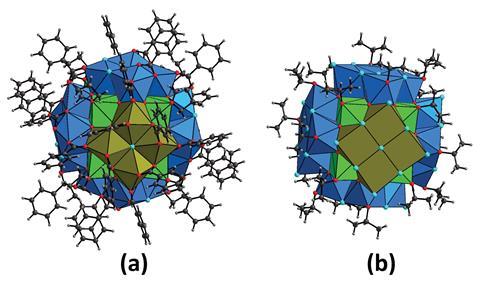
Scientists from France and Germany have synthesised the largest discrete neptunium complexes to date. The two cluster complexes of tetravalent neptunium are the missing link in the poly-oxo cluster series of tetravalent actinides.
Poly-oxo clusters of actinides (An) are of particular importance to aqueous systems associated with the nuclear industry. Scientists have synthesised {An38} clusters for the actinides either side of neptunium in the periodic table but no reports of {Np38} clusters existed in the literature, until now.
A team around Thierry Loiseau, from the University of Lille, and Atsushi Ikeda-Ohno, from the Helmholtz-Zentrum Dresden-Rossendorf, obtained the two {NP38} clusters, Np38O56Cl18(bz)24(THF)8·nTHF and Np38O56Cl42(ipa)20·mipa, using solvothermal synthesis. Both clusters have the same {Np14} core surrounded by six tetranuclear {Np4} subunits and both clusters crystallise in the same tetragonal space group as the analogous {U38} clusters.
References
This article is open access
N P Martin et al, Chem. Commun., 2018, DOI: 10.1039/c8cc03744b
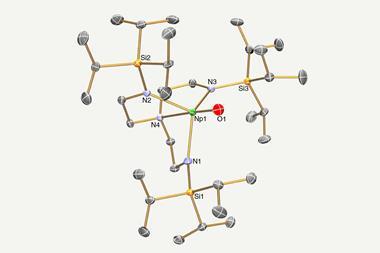
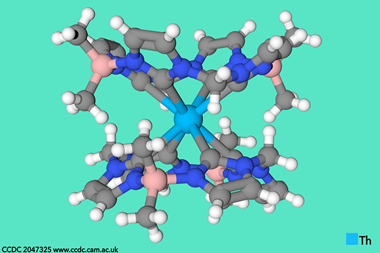
![Molecular structure of the cation of [Tb(Cpttt)2][B(C6F5)4]·CH2Cl2](https://d2cbg94ubxgsnp.cloudfront.net/Pictures/380x253/6/3/6/138636_c8cc05261a-f2_index.jpg)

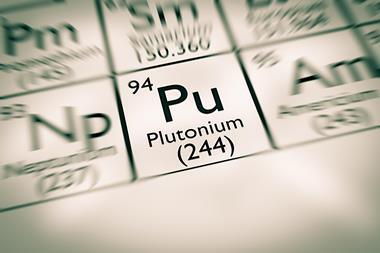
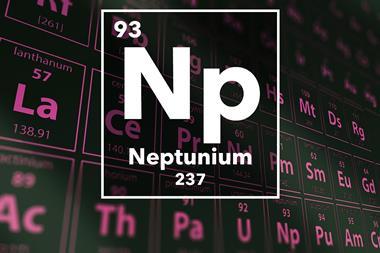






No comments yet